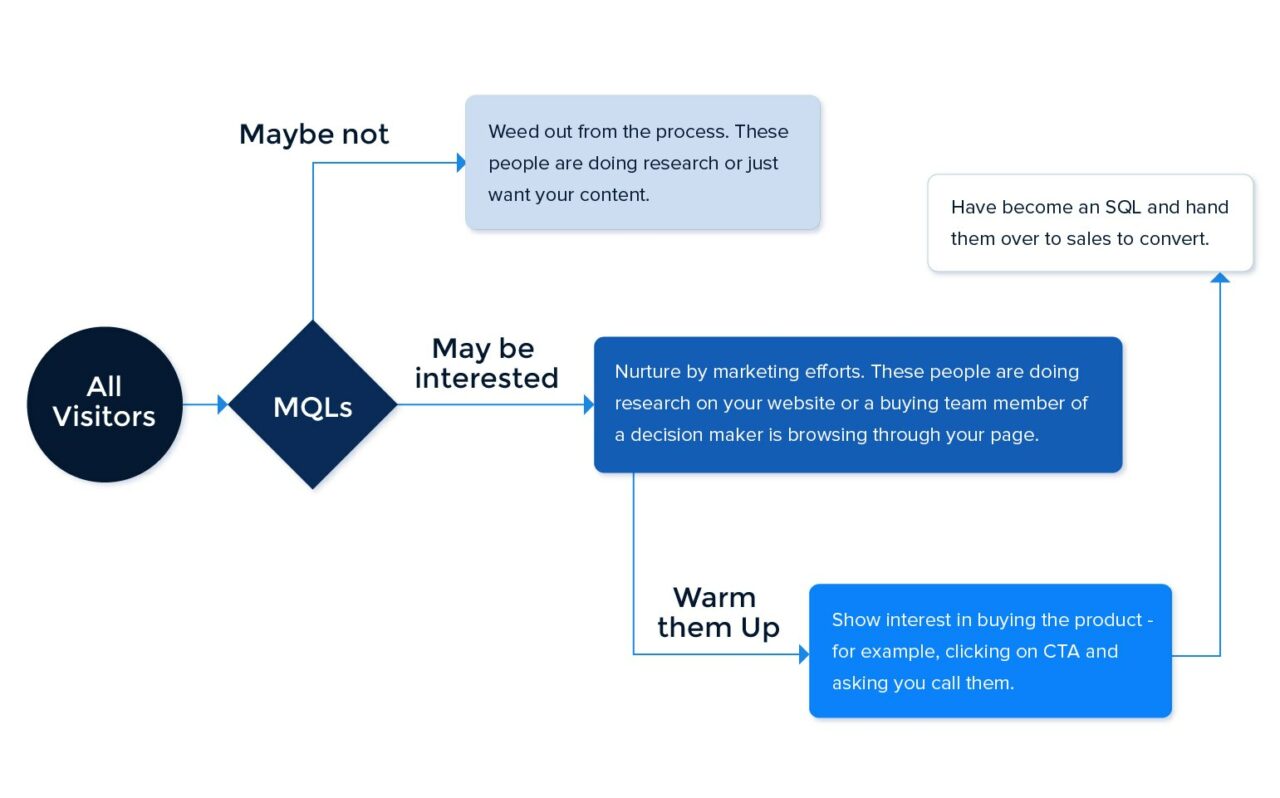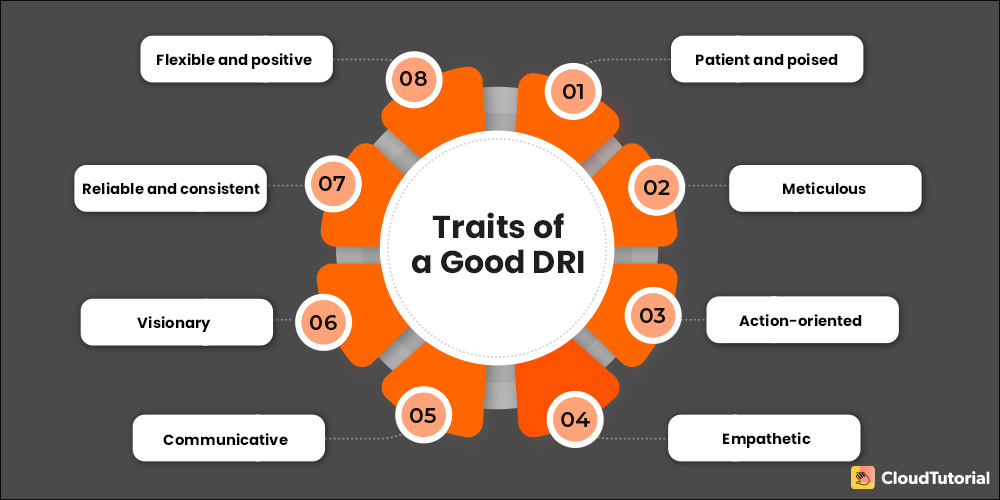If you’ve ever thought that the responsibility for ads squarely rests on the shoulders of the marketing department alone, it might be worth thinking again. It’s a common misunderstanding that has, unfortunately, molded the way businesses function.
However, there are many roles that have an influence on marketing activities that, in turn, give them a sense of responsibility as well.
In this post, we’re going to look at how different roles in a business can have an impact on marketing so that you can readjust your perspective to include the whole picture of your marketing responsibilities, from start to finish.
The Ad Universe: Expanding Beyond Marketing’s Domain
There’s an all-too prevailing notion that creating and overseeing advertisements falls solely within the purview of the marketing department. However, this perspective, although common, is rather myopic, because it fails to acknowledge the multifaceted nature of ad creation and optimization.
While marketing undeniably spearheads the creation and dissemination of ads, it takes an entire group of stakeholders to contribute in the execution and optimization of effective advertising. For example, a critical ally in this endeavor could be the design team, whose role extends far beyond aesthetics.
Another might be the inbound sales team in charge of vetting marketing-qualified leads:

Their perspective is just as important as the marketers since they are often working with prospects derived from marketing campaigns.
Often situated at the crossroads of creativity and functionality, they mold not just the visual aspect of ads, but also shape the landing pages where potential customers alight. Neglecting the input of the design team could lead to a disjointed experience for the audience, undermining the very essence of the ad’s intent.
In tandem with the design team, the customer success and customer support units bear the responsibility of relaying valuable insights garnered from customer interactions. These interactions serve as a treasure trove of feedback, a guiding light for the marketing team to refine their strategies.
It is a medley of data – insights from customer success, anecdotes from support calls – that can potentially unveil blind spots in advertising campaigns. Yet, the holistic potential of such collaboration often remains underutilized.
A notable facet in the tapestry of ad effectiveness is the symbiotic relationship with the sales team. As the first line of contact with potential customers, the sales team wields a unique vantage point to discern whether the leads generated through ads are translating into meaningful business.
Their observations, when communicated back to the marketing team, could unlock a cascade of improvements. This harmonious exchange of information between departments fuels an iterative cycle of refinement, where ads are tailored with precision to address real-world concerns.
In essence, the voices of myriad departments collectively sculpt the trajectory of advertisements. While the marketing department steers the ship, it is the collective wisdom of the entire organization that steers it clear of treacherous waters.
The dynamic interplay between marketing, design, customer success, customer support, and sales amplifies the resonance of ads, rendering them attuned to the cadence of consumer preferences and feedback.
The Feedback Loop: A Vital Component of Ad Success
Feedback ought to be a centerpiece in the process of enhancing and fine-tuning advertising strategies.
Regardless of ownership within the marketing domain, the entire company shoulders the responsibility of facilitating communication channels through which customers and potential customers provide input.
This collective engagement with feedback serves as a catalyst for the ongoing improvement of advertisements. The significance of feedback goes beyond being merely a desirable element; rather, it assumes the role of a driving force, propelling advertisements from a state of average quality to a state of exceptional brilliance.
Unmasking the Responsible Individual: DRI and One Throat to Choke
The idea of a Directly Responsible Individual (DRI), a concept that giants like Apple have championed, has immense relevance here:

You’ll find that it can drastically improve the speed and direction in which marketing moves are made when a single person is in charge of making decisions.
It doesn’t necessarily mean they’re entirely meant to execute the plan, but they are in charge of finding the resources to get the job done. This notion aligns with the corporate mantra of “one throat to choke,” signifying the need for a clear and singular source of responsibility.
When responsibility is dispersed, clarity dissipates, and subpar results often follow suit. Having that one person to champion the ad’s cause can be the difference between a lackluster campaign and one that soars.
Cultivating a Culture of Collaboration: Breaking Down Silos
In the quest for organizational excellence, the identification of a responsible individual remains a pivotal aspect.
However, the journey toward success is not solely reliant on this pursuit; it equally hinges upon the cultivation of a vibrant culture founded upon cross-departmental cooperation. The counsel to dismantle the barriers that traditionally segregate various divisions resonates deeply, extending beyond the realm of marketing to permeate every facet of an enterprise.
Envision a realm where the harmonious symphony of collaboration reverberates through the corridors of marketing, product development, sales, and customer support.
Such a seamless interplay signifies the embodiment of a progressive and nimble establishment. Within this interconnected ecosystem, marketing assumes the role of a conduit for valuable product insights, while the sales team contributes real-world perspectives garnered from the field. Simultaneously, the voice of customer support, with its invaluable interactions, enriches the dialogue.
This orchestration of diverse inputs coalesces into a comprehensive viewpoint, one that intricately guides advertising strategies toward unqualified triumph. When the silos dissolve, the flow of information becomes unencumbered, unifying the creative and strategic dialogue among everyone involved.
It’s collaboration propels businesses forward, and that includes marketing.
Conclusion: Unlocking the True Potential of Ads
The responsibility for ads extends far beyond just the marketing department. While marketing may steer the ship, it’s the combined effort of every department that fuels its trajectory.
The key takeaway?
Embrace the power of feedback, assign a DRI, and encourage cross-departmental collaboration. If you do these three things, you’ll get a much better handle on your marketing campaigns, and even more than that, you’ll have unity with your team. Once they’re all on the same page and listening to each other, it makes subsequent moves a lot clearer.
Remember, it’s not just about marketing responsibilities; it’s about a united effort that defines the success of your advertising endeavors.
Repurposed from our Marketing School podcast.






